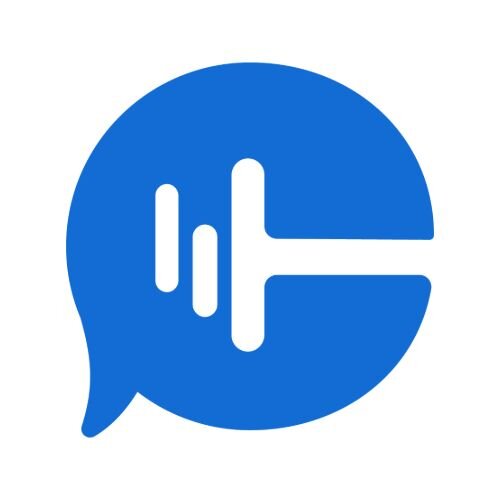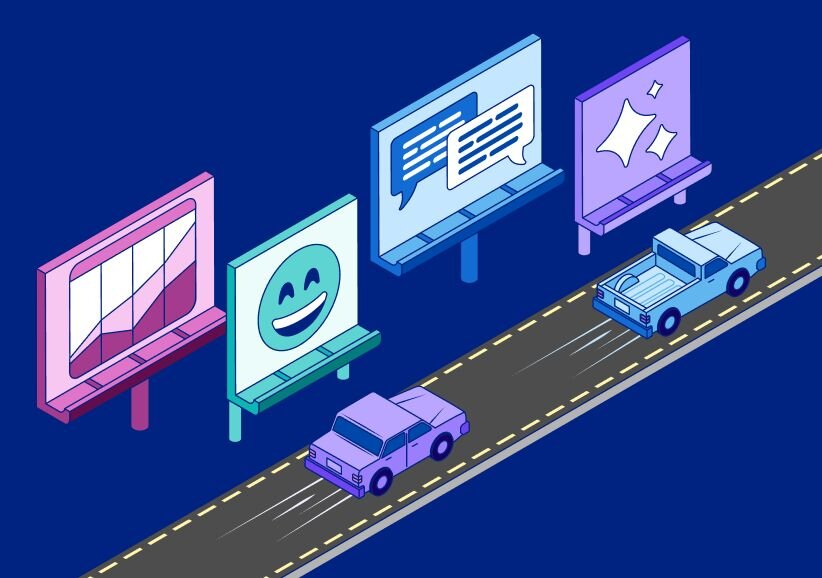Offline marketing has ruled for thousands of years. Case in point:
- The town crier
- Martin Luther, pinning up his 95 theses on the church door
- Thomas Paine’s Common Sense, inspiring a fledgling nation and forever cementing the power of the pamphlet
- The Wicked Witch of the West writing “Surrender Dorothy” across the sky and thoroughly frightening Emerald City residents (and, perhaps, creating the entertainment industry’s first negative keyword ...)
Online marketing isn’t going anyplace — and nor should it — but offline channels still provide a powerful means to complement digital efforts, maximize reach and brand identity, and, ultimately, increase sales. Furthermore, effective offline ideas can deliver additional marketing intelligence that informs strategy, thus boosting the odds that once you get leads into your sales funnel, conversions will occur.
Why offline marketing is still effective
At the end of April, in 2019, 89% of Americans were internet users, per Internet World Stats — a number that has probably increased as more people are shut in by the COVID-19 crisis. Furthermore, 81% of Americans own smartphones, according to Pew Research Center. Ignoring digital marketing and commerce is ignoring too much of the population you need to buy your product or service.
In the last 25 years, online marketing has exploded to include not only websites and email, but also social media, text messaging, pay-per-click advertising, search engine optimization, blog and e-book content, online directories, and other channels accessible through the internet or a smartphone.
This revolution would seem to come at the expense of offline channels, but the “traditional” strategies still resonate with consumers. Sure, people may not read newspapers and magazines the way they once did, and good luck trying to explain the Yellow Pages to a Gen Z college student — but these non-digital channels never went away. Billboards, bus ads, and radio spots are still mostly unavoidable, and even a major newspaper that lost half its circulation in the last decade may still have a readership of 100,000 or more.
Moreover, just because everybody is seemingly on the internet or their phone doesn’t mean they like it. Flip-style cell phones are still a thing, and some people of all ages prefer calling a business rather than sending an email or visiting its website. Brands without an offline presence don’t reach the entire market, and even if your product tends to appeal to a small digital demographic, you still risk missing out on potential leads and customers.
The best ideas for offline marketing
Although some offline marketing channels are fading — print readership continues to decline, and trade shows might be in for a rocky road once the COVID-19 crisis ends — others are cost-effective, provide greater exposure for your brand, and, most importantly, generate leads who can be nurtured into customers. These offline marketing ideas can provide a valuable complement to your online efforts:
Direct mail
Direct mail gets a bad rap because some people associate it with junk mail. Yet, this offline marketing channel provides a surprisingly effective way to reach consumers and create leads. A 2018 Data & Marketing Association report found that direct mail from a prospect list is responded to by 4.9% of recipients, a number that jumps to 9% from a house list (in which recipients opt in).
Yes, much direct mail is tossed ... but it still ends up in the recipient’s hands before that happens. Plus, direct mail opens an omnichannel of opportunities, inviting the reader to call, email, visit your website, and so on, to learn more.
Direct mail is also relatively painless — many third parties can get you started, and even the U.S. Postal Service offers a way in with its Every Door Direct Mail option.
Flyers, pamphlets, and brochures
The internet launched a marketing revolution not only in the ways to reach leads and customers, but also because people could interact with a brand when they wanted to. In a basic, inexpensive way, flyers, pamphlets, and brochures serve a similar purpose: You are reaching people through a medium in which they can take information with them to consume at their leisure.
Flyers and pamphlets do require some legwork, in designing and printing them as well as finding places to leave and/or distribute them. When you include important information such as a phone number, email, or website, people who pick up a flyer are empowered to interact with you when they want to. Subsequently, leads start their buyer’s journey deeper in the sales funnel — they’re already considering whether you can provide a solution to their problem and want to learn more.
Business cards
Handing out a business card may seem antiquated — something your businessman grandfather did 50 years ago — but remains a solid offline marketing idea in 2020. Moreover, business cards are no longer just a name, a physical address, and a phone number; they can include numerous paths to your brand, such as:
- Email address
- Website
- Instagram handle
- Twitter handle
- Facebook page
- LinkedIn page
- YouTube channel
- QR code
- Snapchat code
- Unique phone number enabled for call tracking
- Coupon (more on this next)
Although you want to be careful not to unnecessarily clog up your business card, you still have plenty of options to connect people with your brand. Furthermore, cards aren’t simply there to hand out — you can leave them at places the way you might with flyers and pamphlets, and they can be included with any other offline marketing materials you distribute.
Print coupons
People love value, bargains, and the satisfaction gained from knowing they didn’t pay as much as they could have for something. That’s why printed coupons are still wildly popular. According to a 2019 study by Valassis, 92% of all consumers use coupons — and 94% of millennials, dispelling the idea that coupons are an antiquated marketing channel.
Sure, digital coupons have become a viable option, but the Valassis study also confirmed that print coupons are more often preferred. Combined with other offline channels, such as direct mail, print advertising, flyers, or business cards, coupons give leads a powerful incentive to become customers. Furthermore, the marketing knowledge gained through coupons not only informs overall strategy but also allows you to personalize interactions and future offers to individual leads via email, text messaging, or direct mail.
Billboards
Approximately 342,000 billboards lined America’s roads in 2019, per Statista, and though that number is down from previous years, an increase in digital billboards fills in the disparity because they deliver more advertising in less physical space.
Drivers quickly zip by this type of advertising, so messaging needs to be simple, impactful, and memorable. Long phone numbers can be tough to remember at 65 mph, but website addresses that can be immediately observed and internalized may make an impression for drivers and passengers to use later when they get to their destination ... or even at the next stoplight.
How to track offline marketing
A common criticism of offline marketing in this online age is that gauging a campaign’s effectiveness and ROI is difficult, if not impossible, because no digital data is being generated when someone passes a billboard or calls your business but doesn’t tell you which ad inspired them to do so.
Make no mistake — data is crucial to modern marketing, and online channels have provided consumer insight that was unimaginable a few decades ago. But that doesn’t mean offline channels should be excluded from the analytics party:
- As already mentioned, coupons effectively show how customers encountered your brand, which purchases they preferred, and which deals were more appealing.
- Call tracking generates unique phone numbers for various offline sources so that when somebody calls after seeing your ad, you instantly know exactly which channel they connected with. Once that call is made, the lead is entered into your CRM; subsequent attribution reporting can identify the paths these offline prospects take to sale.
- Potential customers might also see an offline ad and directly type a web address into a browser to learn more. A personalized URL, or PURL, is a custom web address that’s usually easy to remember and specifically tied to an offline channel or campaign. Like call tracking, PURLs open a swath of marketing metrics to determine which offline sources are making an impact.
- Whether an offline lead arrives via a PURL or just by Googling your business, dynamic number insertion (DNI) can better measure their activities if they decide to call on subsequent interactions. Again, some people just prefer person-to-person connections; with DNI, you can still extract marketing intelligence from phone calls even if they arrive at your brand digitally.
If the idea of call tracking feels daunting, read our guide, Call Tracking 101, to learn more about this simple yet powerful marketing strategy that makes your offline campaigns seem not so offline.











